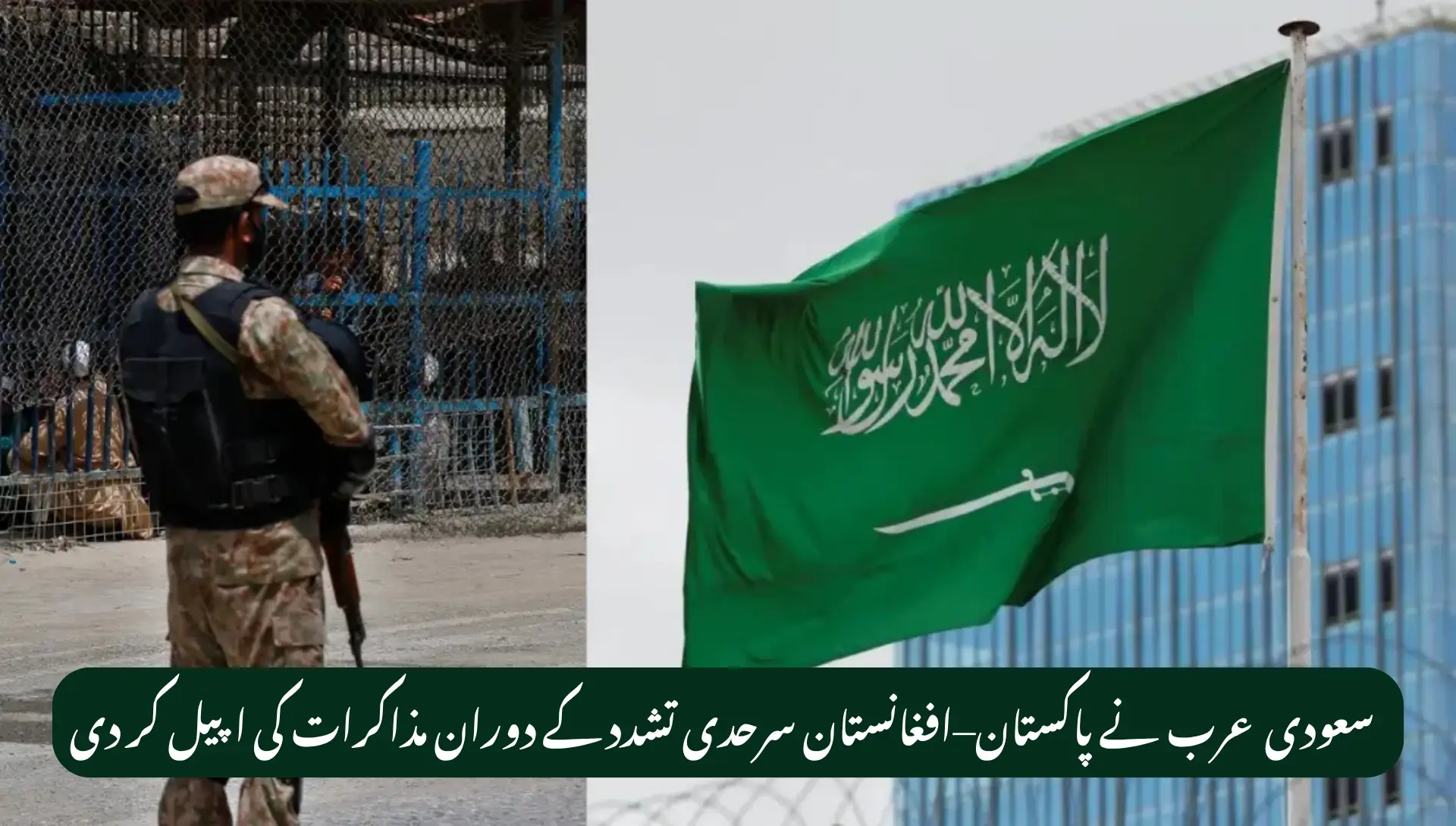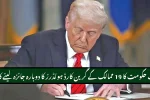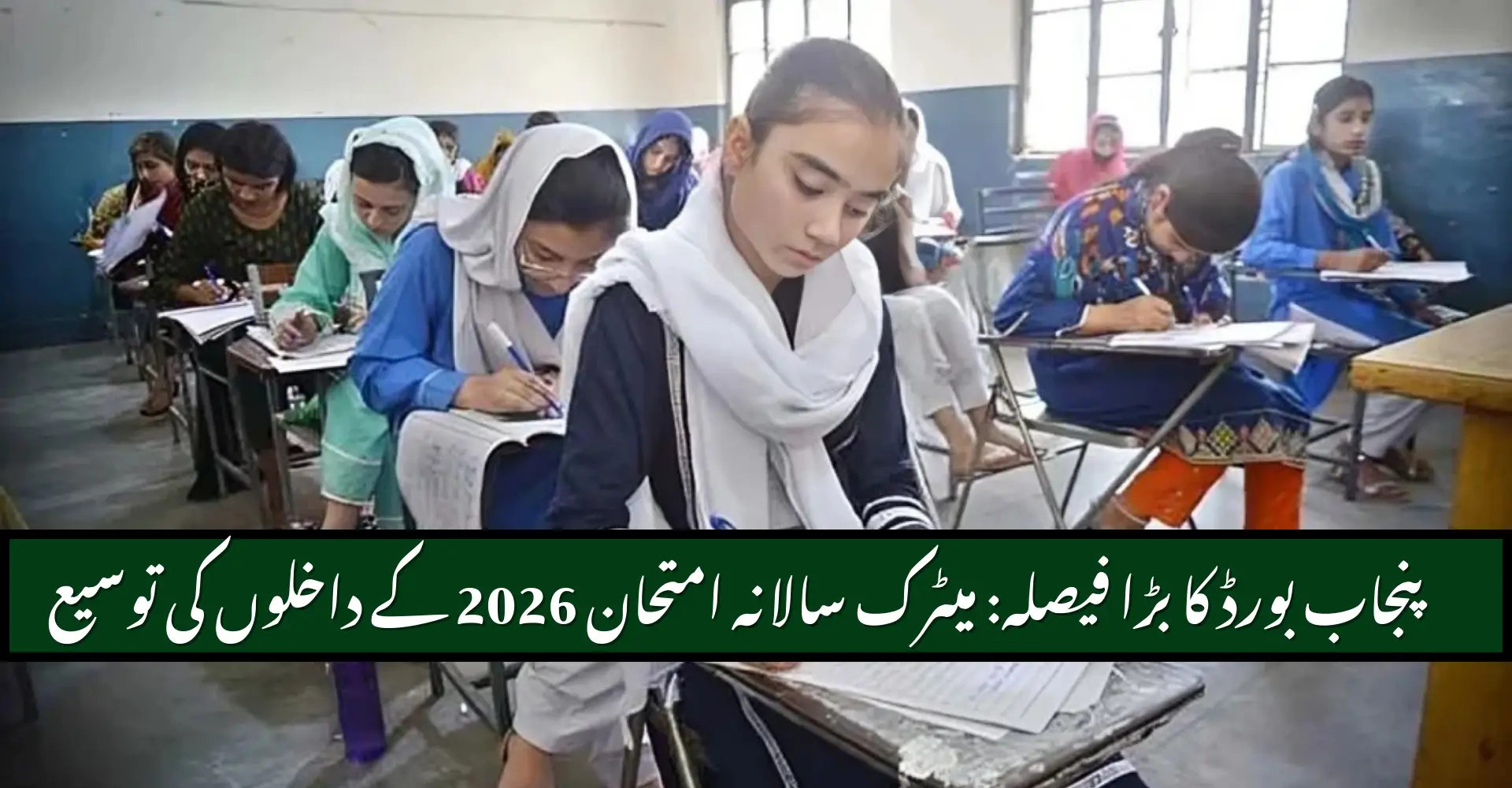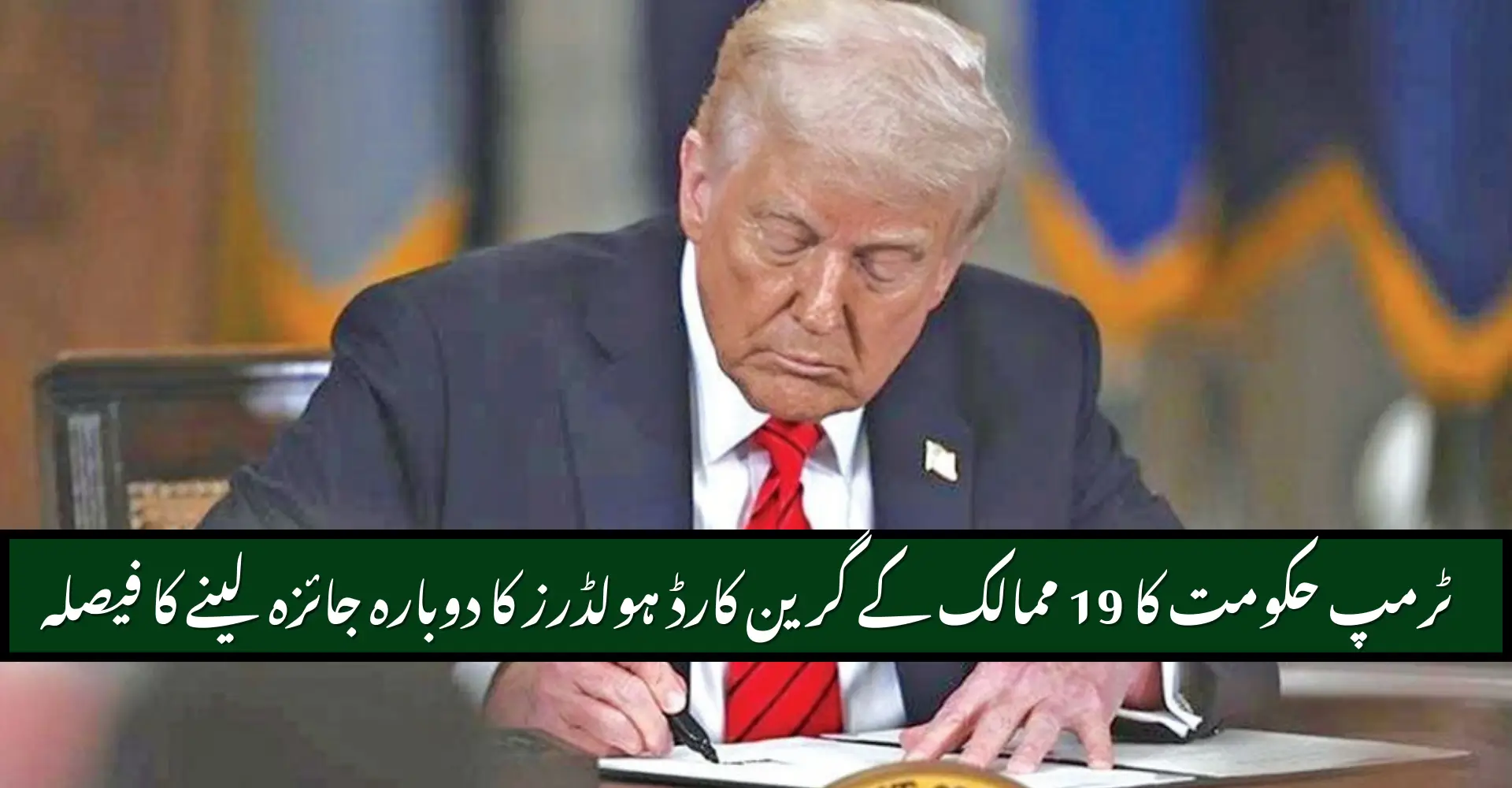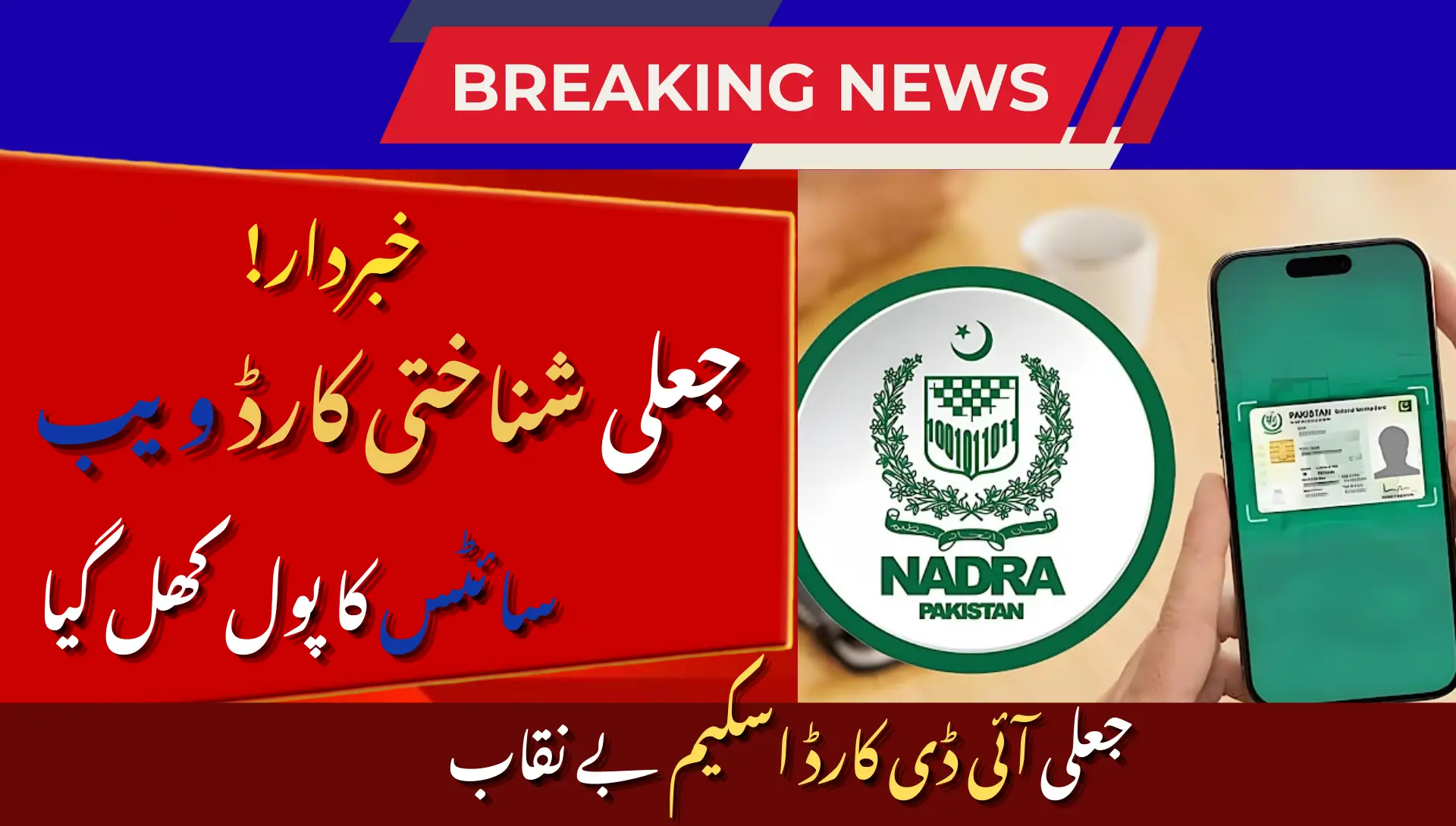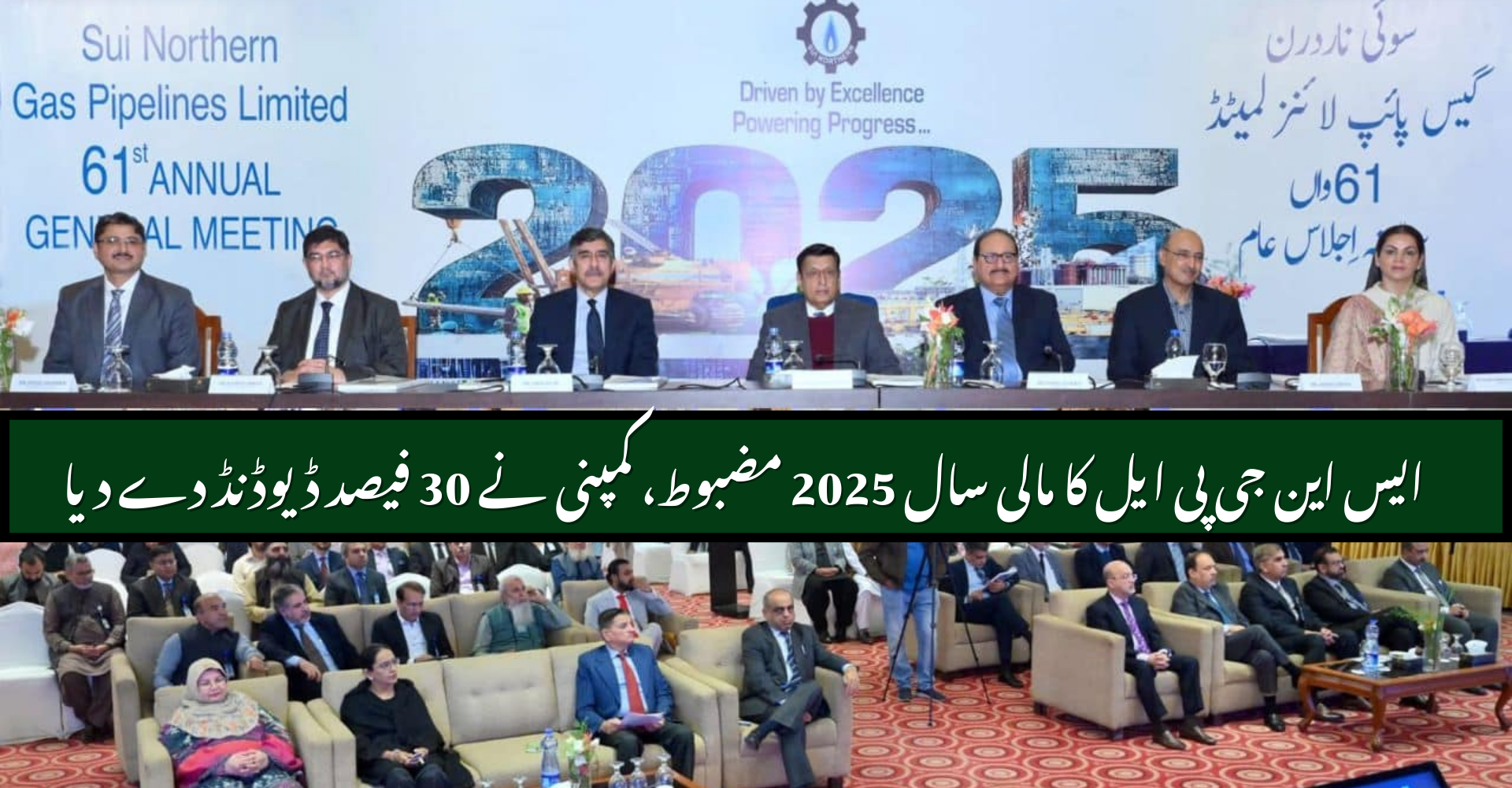Saudi Arabia Calls for Dialogue Amid Pakistan–Afghanistan Border Violence 2025. Recent weeks have witnessed a sharp escalation in border clashes between Pakistan and Afghanistan, raising serious concerns in the region. On the night of Saturday, intense confrontations erupted along the Khyber Pakhtunkhwa and Balochistan borders, drawing global attention. Saudi Arabia, a key regional actor, has urged both nations to prioritize dialogue and peaceful resolution, condemning all forms of violence. This article examines the clashes, diplomatic responses, and the broader importance of regional stability.
Details of the Pakistan–Afghanistan Border Clashes
Nature of the Border Violence
On Saturday night, the border regions of Khyber Pakhtunkhwa (KP) and Balochistan witnessed heavy clashes between Pakistani and Afghan military forces. Reports indicate:
- Artillery exchanges along multiple points of the border
- Cross-border firing leading to civilian panic in adjacent areas
- Disputed accounts on the cause of provocation, with each side blaming the other
These confrontations are part of an ongoing territorial and security dispute between Pakistan and Afghanistan, historically fueled by border disagreements, militant activities, and cross-border tensions.
Allegations Between the Two Nations
- Afghanistan’s claims: Accusations of airstrikes by Pakistan in Kabul, intensifying mistrust
- Pakistan’s stance: Denial of Afghan allegations; assertion of defending its territory against border incursions
The mutual allegations highlight the fragile diplomatic relations and long-standing mistrust between the two countries, complicating any immediate resolution.
Saudi Arabia’s Official Statement
Saudi Call for Restraint
Saudi Arabia’s Ministry of Foreign Affairs issued an official statement emphasizing:
- Urgent dialogue: Encouraging Pakistan and Afghanistan to engage in peaceful talks
- Avoiding escalation: Condemnation of violent actions and provocation
- Regional peace: Stressing the broader implications of continued conflict for South Asia
Saudi Arabia reaffirmed its support for regional and international peace efforts, highlighting the necessity of collaborative measures to maintain security and stability across borders.
Role in Regional Stability
Saudi Arabia has historically acted as a mediator in regional conflicts, advocating for:
- Diplomatic engagement over military confrontation
- Coordination among neighboring countries to tackle terrorism and border security
- Economic and humanitarian cooperation for affected populations
Historical Context of Pakistan–Afghanistan Border Disputes
Border and Security Background
The Pakistan–Afghanistan border, often referred to as the Durand Line, has long been a source of dispute:
| Year/Period | Key Incident | Outcome |
|---|---|---|
| 1947–1970s | Post-partition border tensions | Sporadic clashes, unresolved disputes |
| 1980s | Afghan-Soviet conflict spillover | Refugee influx and cross-border militancy |
| 2001–2014 | US-led intervention in Afghanistan | Increased militant activity and border incidents |
| 2020–2025 | Recent escalations | Heavy artillery and allegations of airstrikes |
Understanding this historical background is crucial to appreciating why Saudi Arabia’s call for dialogue is significant.
The Importance of Regional Stability
Geopolitical Implications
- South Asia Security: Pakistan and Afghanistan are critical players; any prolonged conflict risks destabilizing the entire region
- Economic Impact: Border clashes disrupt trade, agriculture, and cross-border commerce
- Terrorism Risks: Heightened tensions provide opportunities for militant groups to exploit instability
Saudi Arabia’s Strategic Role
Saudi Arabia’s intervention is not merely diplomatic—it reflects a broader strategy to maintain regional stability:
- Encouraging peaceful dispute resolution
- Supporting international mediation through the UN and other global organizations
- Reducing the risk of regional spillover, including refugee crises or cross-border attacks
Global and Regional Reactions
International Response
The escalation of violence has drawn reactions from:
- United Nations: Urging an immediate ceasefire and return to diplomatic talks
- United States & China: Calling for peaceful resolution and regional cooperation
- Other South Asian Nations: Monitoring closely, emphasizing dialogue and border management
Significance of Global Support
International attention underscores the global concern regarding:
- Regional security and stability
- Prevention of wider conflict affecting trade routes and geopolitical alliances
- Support for civilian safety and humanitarian considerations
Pathways to Peaceful Resolution
Recommendations for Pakistan and Afghanistan
To reduce tensions and ensure long-term peace, experts suggest:
- Bilateral Dialogue: Establishing regular diplomatic channels to address disputes
- Confidence-Building Measures: Joint patrols, border monitoring, and incident reporting
- Third-Party Mediation: Leveraging Saudi Arabia or UN mediation for impartial negotiation
- Counter-Terrorism Coordination: Sharing intelligence and minimizing militant cross-border threats
Role of International Community
- Peacekeeping & Observers: Deployment of neutral monitors to the border
- Humanitarian Aid: Assisting displaced populations affected by the clashes
- Economic Incentives: Supporting trade and development initiatives to promote stability
Implications for Civilians
Humanitarian Concerns
The border clashes have impacted local populations significantly:
- Displacement due to cross-border shelling
- Casualties and injuries from armed confrontations
- Psychological trauma and community disruption
Mitigation Measures
Governments and international agencies should focus on:
- Establishing safe zones and shelters
- Providing medical aid and supplies
- Engaging community leaders to promote conflict resolution
FAQs
Q1: Why did Pakistan and Afghanistan border clashes escalate in 2025?
A1: The escalation resulted from mutual accusations of provocation, heavy artillery exchanges, and ongoing territorial disputes along Khyber Pakhtunkhwa and Balochistan borders.
Q2: What is Saudi Arabia’s stance on the border tensions?
A2: Saudi Arabia condemns the violence and urges both nations to exercise restraint, prioritize dialogue, and seek peaceful resolutions.
Q3: How can the international community help reduce Pakistan–Afghanistan tensions?
A3: International support includes mediation, peacekeeping observers, economic incentives, and humanitarian aid to affected civilians.
Q4: What are the risks if the conflict continues?
A4: Prolonged clashes may destabilize South Asia, disrupt trade, heighten terrorism threats, and create refugee crises.
Q5: What steps can Pakistan and Afghanistan take to prevent future clashes?
A5: Both nations should engage in regular dialogue, implement confidence-building measures, coordinate on security, and allow neutral third-party mediation.
Conclusion
The recent Pakistan–Afghanistan border clashes highlight the urgent need for dialogue and restraint. Saudi Arabia’s call for peaceful resolution serves as a timely reminder of the importance of diplomacy over aggression. For sustainable stability, both nations must prioritize negotiation, collaborate on security, and work with international partners.

